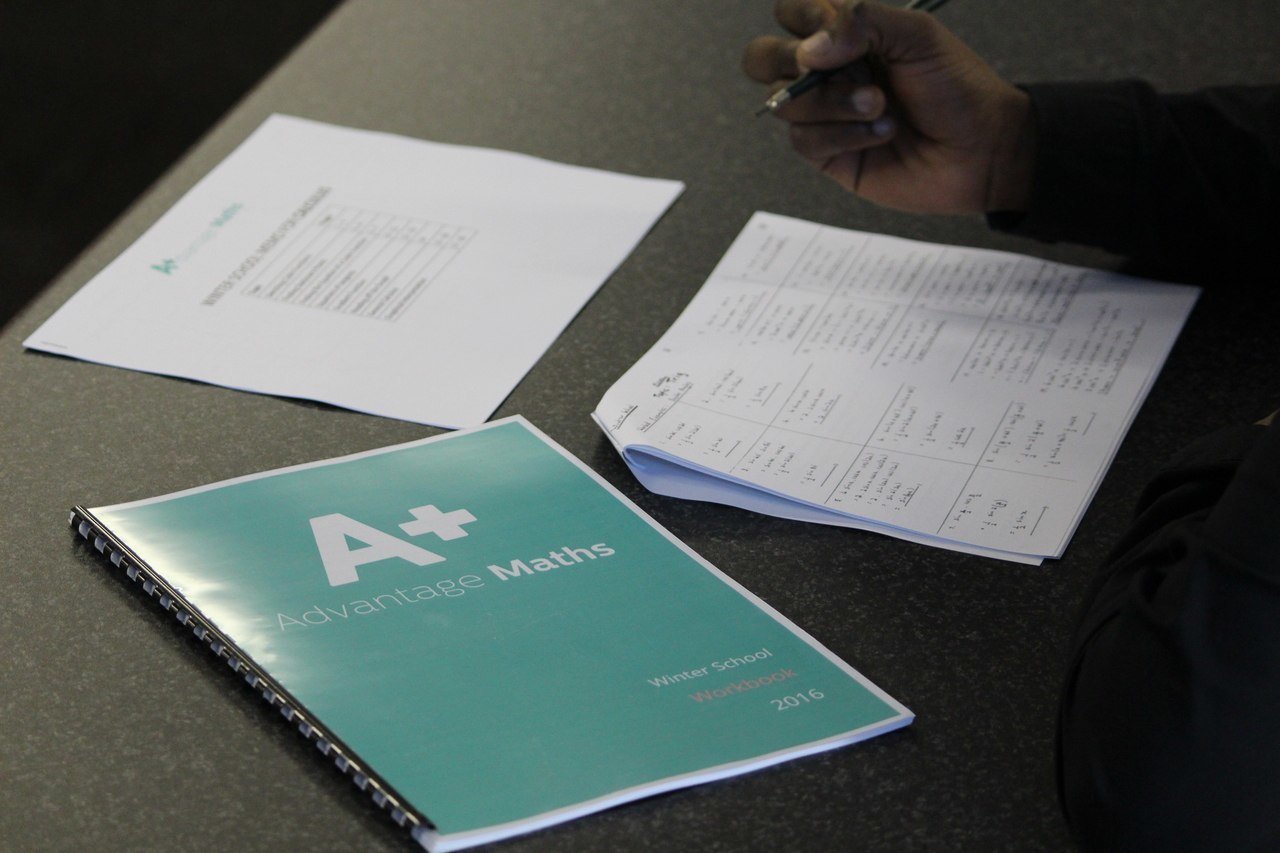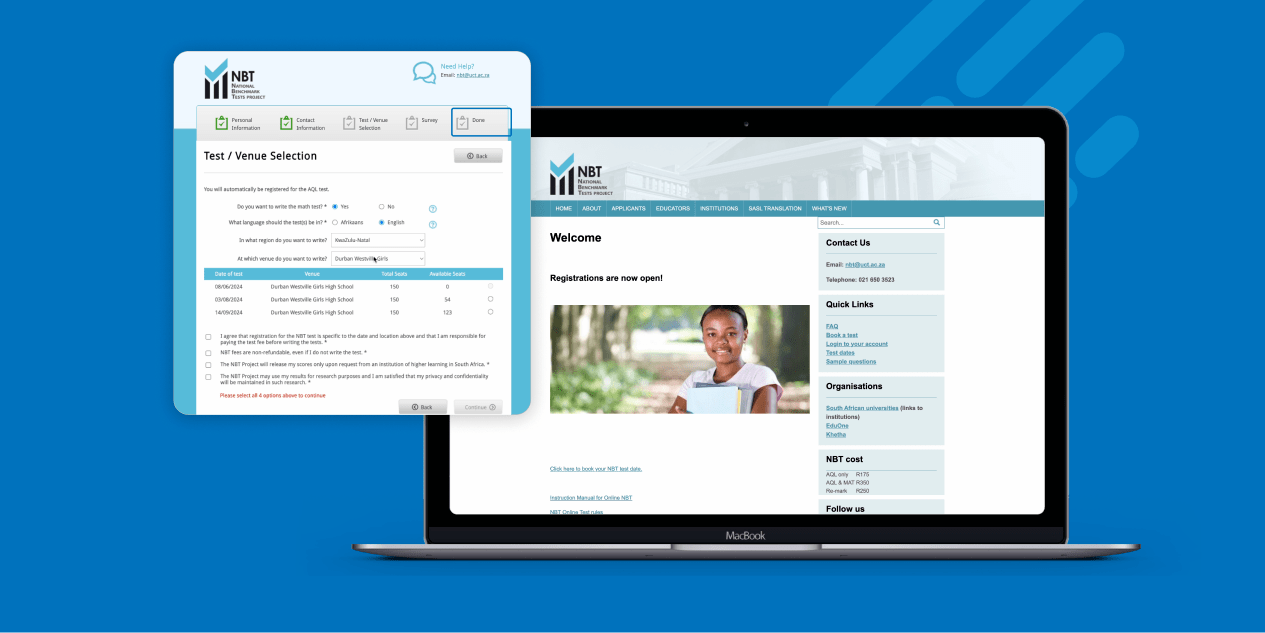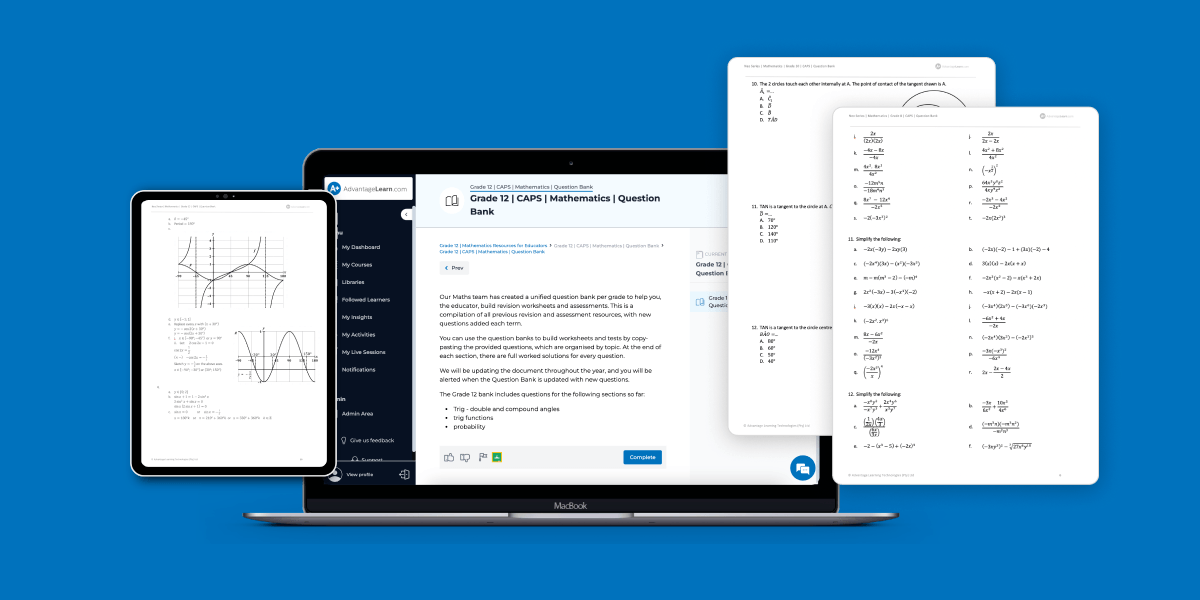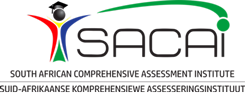
Do you know the assessment types used by your teachers?
NBT


I have been amazed at how many people aren’t aware of the common (and prescribed) styles of assessment that are used by educators in South African schools and education institutions.
Why does that amaze me?
Well, how can you achieve maximum results in your assessments if you are not aware of the assessment style? At high school and university I made a point of getting to know the common styles so that I could get into the head of the assessor and try to understand what was expected and hence maximise results and optimise my learning and preparation. Since we pride ourselves on being the leaders in NBT Preparation courses, helping students understand the types of assessments they might encounter has become important to me. So I find myself attempting to get into the mind of the assessor again.
**If you want to know more about the NBTs see Jax’s article on the ABCs of the NBTs.
You must understand the common assessment types so that you can maximise your results! Here they are…
Summative Assessment
According to Siebörger (1998:24), summative assessment is used ‘to report to others about the achievements of a learner’. Summative/terminal assessments are part and parcel of good educational practice, sometimes conducted at the end of a lesson or unit, sometimes at the end of a module or theme, sometimes only at the end of a term, semester or year.
Spady, informed by the notion of assessment as a means of ‘summing up’ what someone has learnt, defines summative assessment as assessment aimed at determining a person’s ‘culminating competence’, that is, the ‘sum total’ of knowledge, understanding or ability that s/he has acquired over a period of time. You would notice that Spady’s term implies both meanings – sum total of knowledge as well as at the end of a period of learning.
An example of this type of assessment is your exams. They aim to measure where you are at and whether you have achieved enough ‘culminating competence’ to move to the next grade.
Formative assessment
Formative assessment is assessment that is used ‘to inform educators and learners about a learner’s progress in order to improve learning’ (Siebörger, 1998: 24).
Summative assessment – is aimed at determining culminating competence, that is the sum total of knowledge, skills, values and/or attitudes acquired during the course of a learning experience. The other – formative assessment – is aimed at monitoring the learner’s progress towards culminating competence so as to pick up weaknesses/flaws and address them timeously. Formative assessment is, therefore, always aimed at supporting the learner in his/her efforts to acquire more knowledge and/or develop more complex skills and is often, but not always, informal and continuous.
An example of the formative assessments would be when a teacher does spot tests with you or weekly tests that aim to get a snapshot of how you are progressing in the topic / learning area so that corrective adjustments can be taken timeously (if necessary).
Continuous assessment
This kind of assessment is part and parcel of classroom practice. For example, a language teacher, requiring learners to write an essay, would require learners to first do a mind-map, then prepare a draft, then edit it and only then submit the essay for marking. If the teacher assesses each of the sub-tasks, providing the learner with constructive feedback, he/she is doing continuous assessment. He/she monitors the learner’s work on a step-by-step basis, he/she is able to pick up learning barriers and to correct them immediately, before they become a more serious problem.
Continuous assessment therefore has both summative possibilities (capturing information for recording purposes over time) but also formative possibilities.
The aforementioned essay example is a good one for explaining continuous assessment.
Ok, so then what are standardised assessments?
Standardised assessments are designed, administered, and scored in a standard, or consistent, manner. They often use a multiple-choice format, and historically standardized tests featured rows of ovals that students filled in with a pencil. Standardized tests can be administered to large student populations of the same age or grade level and the results can be compared across individuals and groups of students.
A prime example of a traditional standardised assessment is the NBT assessment.
And that about sums it up. Feel free to ask me questions by commenting here or by pinging me on twitter @jamestrevorlees.
This article was originally published on 15 Jul 2016
About the author
James Lees
Some of you may already know that I am Managing Director of Advantage Learning Technologies, a company which proudly owns and runs AdvantageLearn.com. AdvantageLearn.com specialises in providing specialised and innovative learning solutions to secondary education level learners.

How to book your NBT test: a step-by-step guide
NBT
Featured
Booking your National Benchmark Test (NBT) is a crucial step in your journey towards university admission in South Africa. Here’s a detailed guid... Read more

Resource Drop: Grade 8-12 Maths Question Banks
Maths
Education
Neo Series
Featured
As educators ourselves, we understand the myriad of challenges faced when curating materials for effective teaching and assessment. It’s a balancing ... Read more

Class of 2023 Further Studies Results
Further Studies
Thriving on a challenge The Independent Examination Board (IEB) released the results of their International Secondary Certificate (ISC) on the... Read more
Do you want better Maths results?
Maths Online is a bank of over 2000+ extra lessons. Furthermore, gain access to our teacher support to help you when you need it!
More info

























